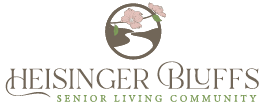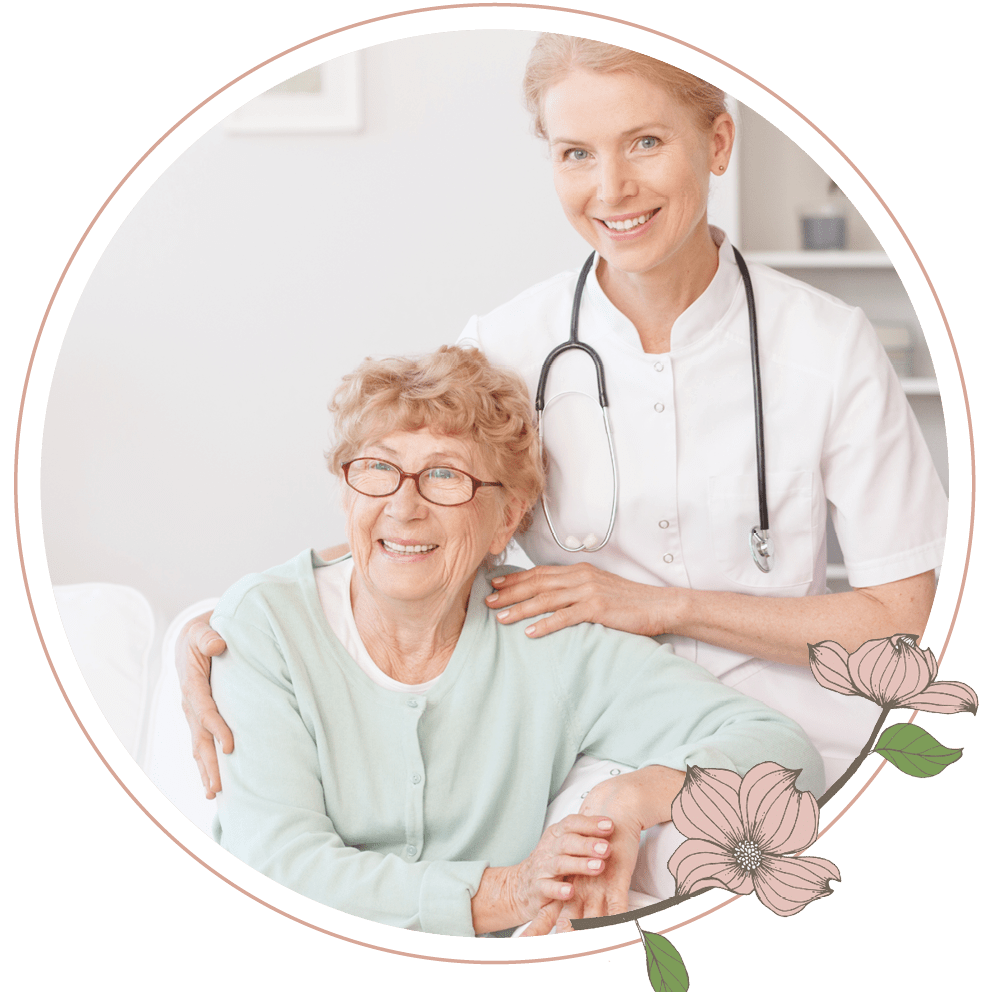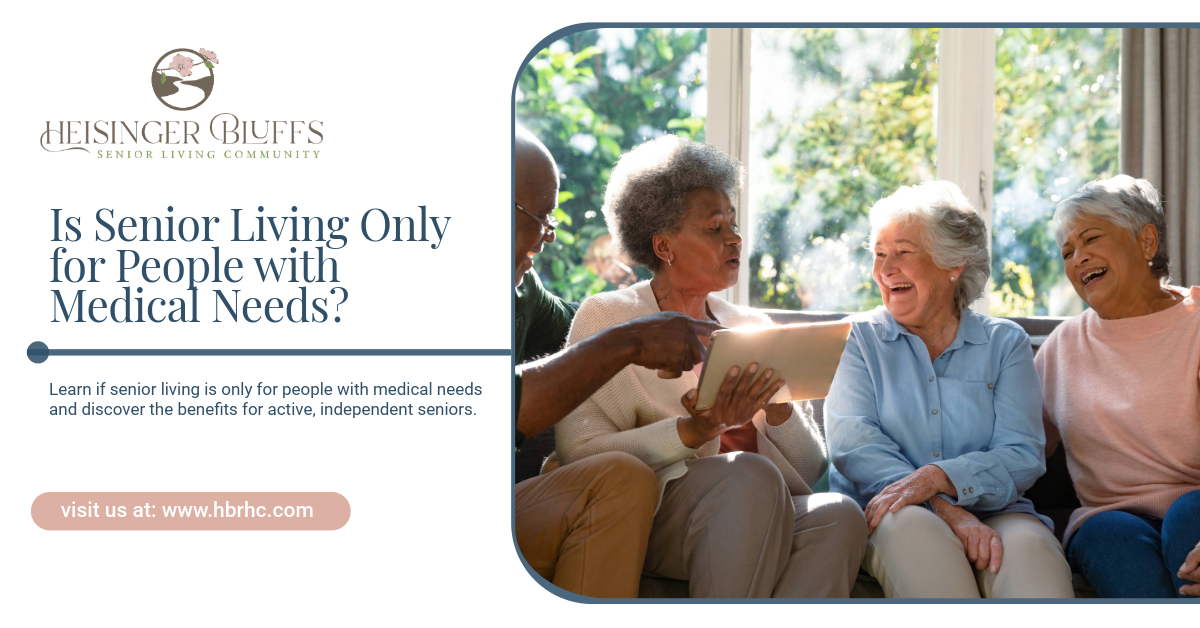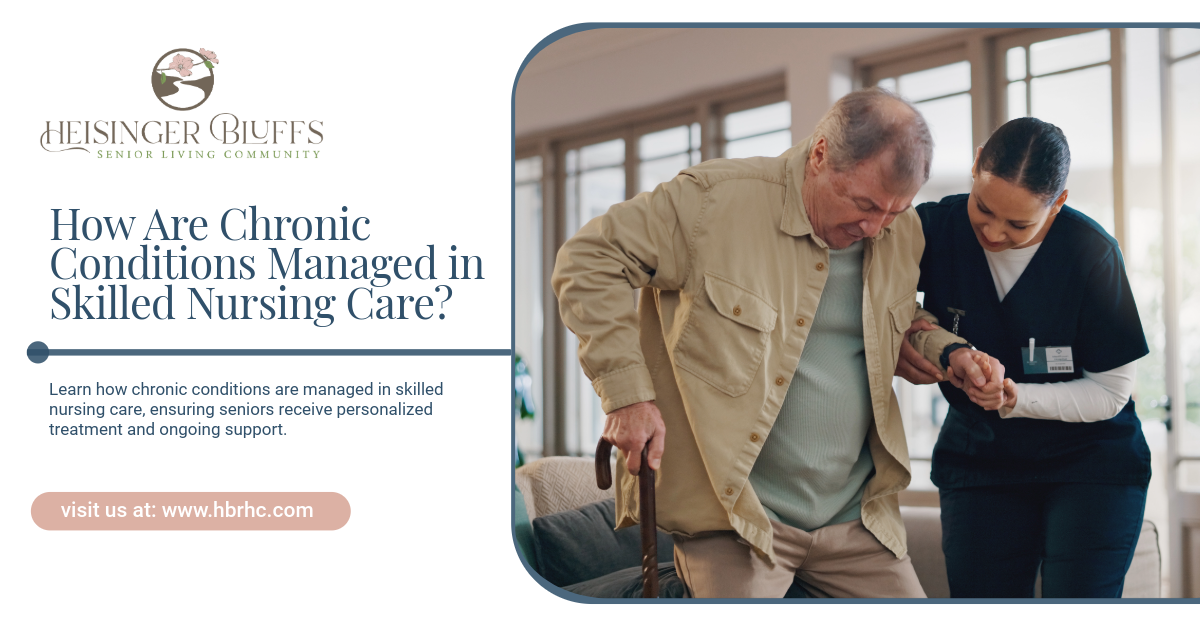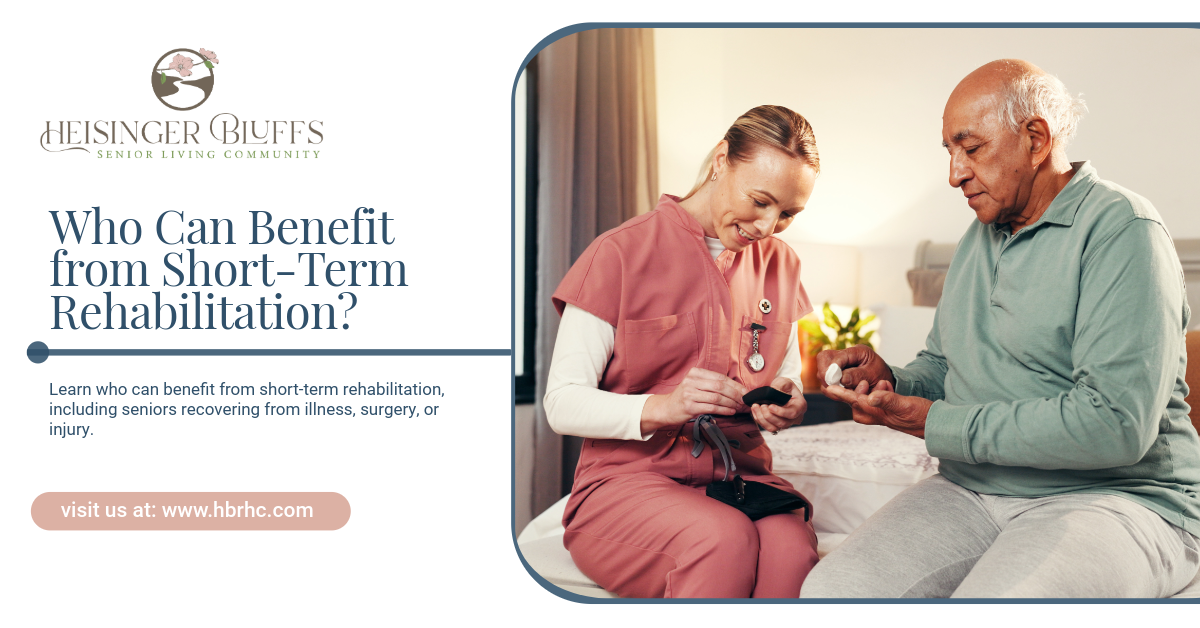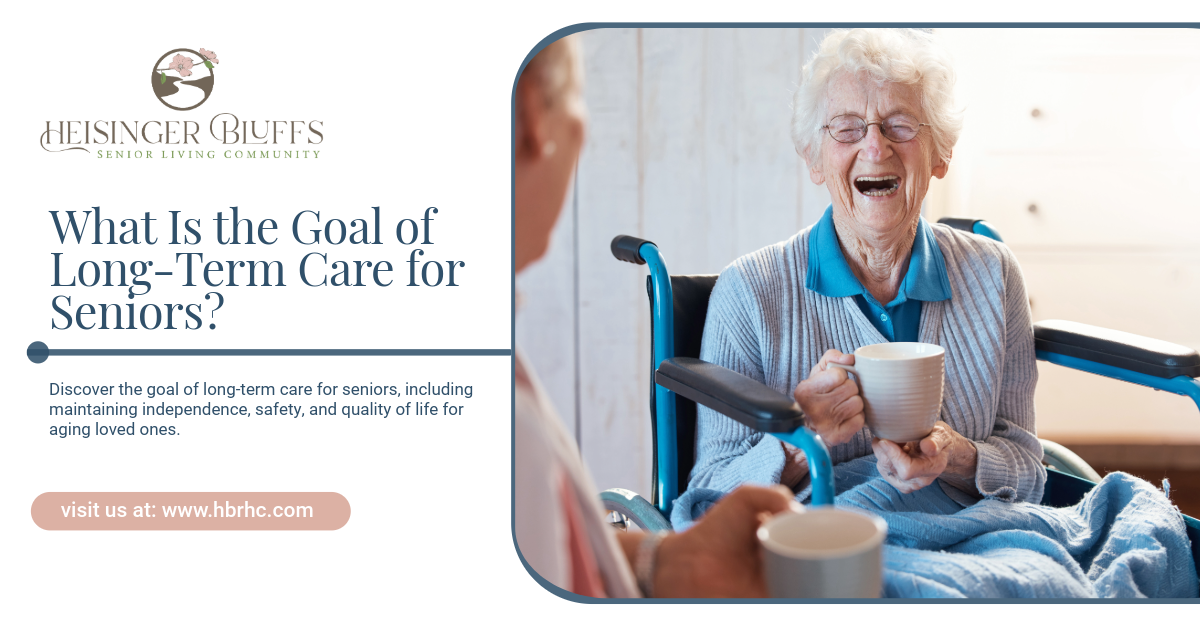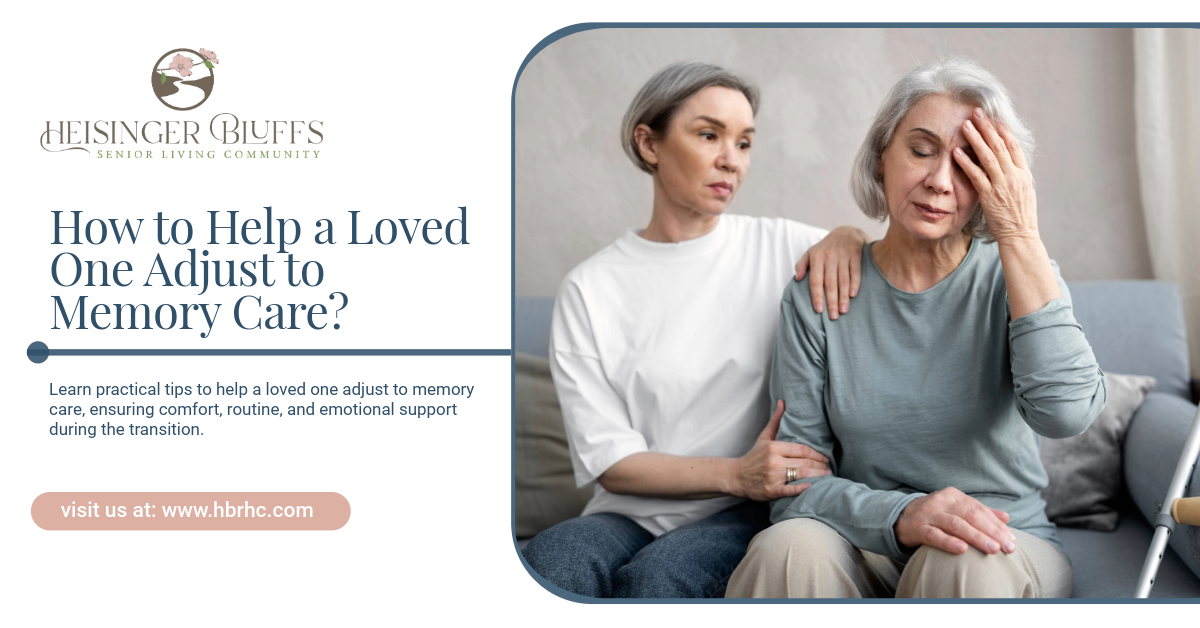Healthy Aging Tips for Residents in Assisted Living
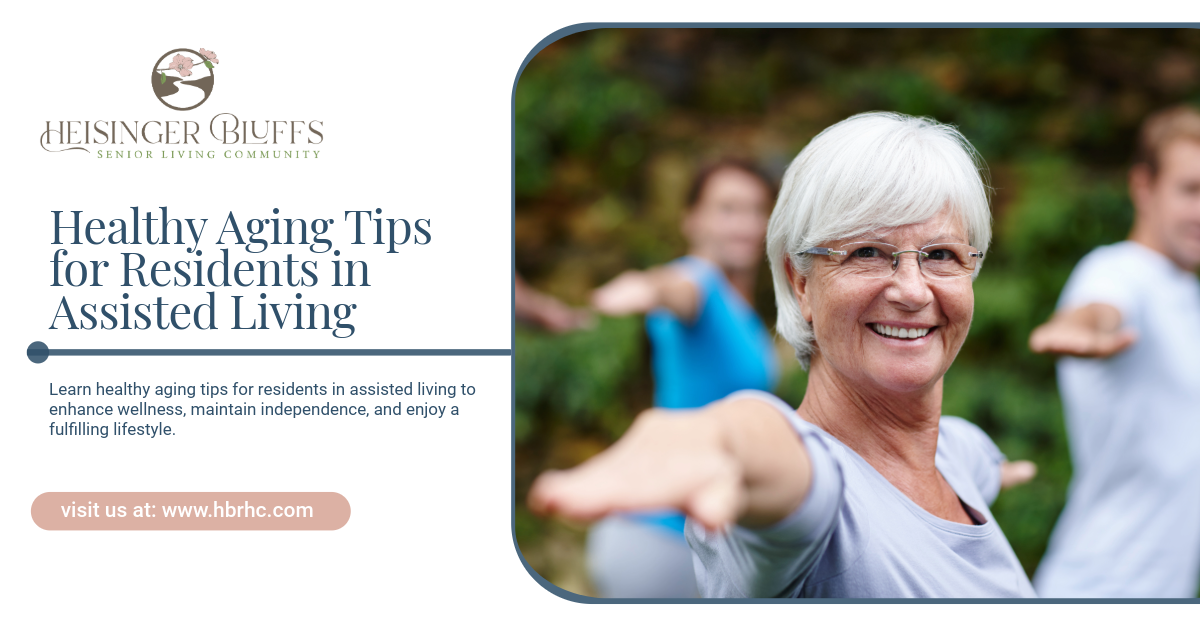
Key Highlights
- Assisted living residents can improve health through balanced nutrition, exercise, and mental wellness.
- Social engagement and community activities support cognitive and emotional health.
- Regular health monitoring and medication management prevent complications and promote well-being.
- Safety, mobility support, and fall prevention are essential components of healthy aging.
- Incorporating hobbies, mindfulness, and structured routines enhances quality of life for seniors.
Healthy Aging Tips for Assisted Living Residents
Assisted living communities provide more than just daily care—they offer a supportive environment for seniors to thrive physically, mentally, and emotionally. Healthy aging in assisted living is about more than managing medical conditions; it’s about promoting independence, staying socially active, and embracing a lifestyle that enhances quality of life.
Prioritize Balanced Nutrition
Proper nutrition is the foundation of healthy aging. Seniors in assisted living can benefit from meals tailored to their dietary needs, including heart-healthy, low-sodium, or diabetic-friendly options.
- Eat a variety of fruits, vegetables, whole grains, and lean proteins.
- Maintain adequate hydration by drinking water and fluids throughout the day.
- Limit processed foods and added sugars to prevent chronic health issues.
- Work with staff or nutritionists to adjust meal plans for specific health conditions.
Balanced nutrition supports energy levels, cognitive health, and immune function, helping residents stay active and engaged.
Stay Physically Active
Exercise is essential for maintaining mobility, flexibility, and strength. Assisted living communities often offer fitness classes and walking programs designed for seniors.
- Engage in low-impact exercises such as walking, swimming, or chair yoga.
- Include strength and resistance training to preserve muscle mass and bone density.
- Stretch regularly to maintain flexibility and prevent stiffness.
- Participate in group exercise classes to combine physical activity with social interaction.
Physical activity reduces the risk of falls, improves mood, and supports cardiovascular and joint health.
Engage in Social Activities
Social interaction is crucial for mental and emotional well-being. Loneliness can negatively affect cognitive function, immune response, and overall happiness.
- Participate in community events, games, and clubs.
- Connect with neighbors and build friendships through group activities.
- Take part in intergenerational programs, volunteer opportunities, or hobby groups.
- Attend shared meals or cultural events to strengthen social bonds.
Active social engagement combats isolation, stimulates the mind, and fosters a sense of belonging.
Maintain Cognitive Health
Keeping the mind active is just as important as physical exercise. Cognitive stimulation can slow age-related memory decline and support brain health.
- Engage in puzzles, crosswords, or board games.
- Participate in educational classes, lectures, or discussion groups.
- Explore new hobbies, arts, and crafts to challenge the brain creatively.
- Use technology, like tablets or apps, to access learning and communication tools.
These activities help residents maintain mental sharpness and foster lifelong learning.
Manage Health and Medications
Regular health monitoring is vital in assisted living to detect changes early and prevent complications.
- Schedule routine check-ups with healthcare providers.
- Track medications carefully and adhere to prescribed schedules.
- Monitor blood pressure, blood sugar, and other vital signs as needed.
- Communicate any health concerns promptly with staff or medical professionals.
Proper health management promotes safety, independence, and long-term wellness.
Ensure Safety and Fall Prevention
Falls are a leading cause of injury among older adults, making safety a top priority in assisted living.
- Keep living spaces free of clutter and use non-slip mats.
- Utilize handrails, grab bars, and mobility aids as needed.
- Wear comfortable, supportive footwear at all times.
- Participate in balance and strength exercises to reduce fall risk.
Safe environments and preventative measures allow residents to move confidently and independently.
Embrace Emotional Well-Being
Emotional health is key to overall wellness. Assisted living communities provide opportunities for counseling, peer support, and relaxation activities.
- Practice mindfulness, meditation, or deep-breathing exercises.
- Stay connected with family and friends through visits, calls, or video chats.
- Engage in creative hobbies, music, or spiritual practices to relieve stress.
- Join support groups to share experiences and receive encouragement.
Prioritizing emotional well-being improves mood, resilience, and life satisfaction.
Establish a Structured Daily Routine
Having a consistent routine helps seniors manage energy, maintain independence, and reduce stress.
- Schedule regular meal times, exercise, and social activities.
- Include rest periods to prevent fatigue and maintain stamina.
- Plan enjoyable activities that provide purpose and fulfillment.
- Balance activity with relaxation for overall harmony.
A structured routine promotes stability, predictability, and overall mental and physical health.
Foster Hobbies and Lifelong Learning
Continuing to explore interests and hobbies enhances happiness and a sense of purpose.
- Attend arts, music, or craft classes offered in the community.
- Participate in book clubs, gardening, or cooking workshops.
- Explore technology and online learning opportunities.
- Volunteer or mentor others to share skills and experience.
Hobbies and lifelong learning support mental stimulation, social engagement, and personal satisfaction.
Final Thoughts
Healthy aging in assisted living combines physical activity, proper nutrition, social connection, cognitive stimulation, and emotional support. By following these tips, residents can maintain independence, prevent complications, and enjoy a vibrant, fulfilling lifestyle.
For seniors seeking a supportive environment that prioritizes wellness, safety, and community engagement, Heisinger Bluffs provides assisted living options designed to enhance every aspect of healthy aging. Contact us today!
Frequently Asked Questions
What are the key components of healthy aging in assisted living?
Healthy aging includes balanced nutrition, regular physical activity, social engagement, mental stimulation, and emotional well-being.
How can residents prevent falls in assisted living?
Residents can prevent falls by keeping spaces clutter-free, using mobility aids, exercising for strength and balance, and wearing supportive footwear.
What types of social activities are available in assisted living?
Activities include group exercises, hobby clubs, communal meals, games, cultural events, and volunteer or intergenerational programs.
How does assisted living support medication and health management?
Staff provide medication reminders, monitor vital signs, coordinate with healthcare providers, and respond quickly to health concerns.
Can assisted living help residents stay mentally active?
Yes. Communities offer educational programs, puzzles, arts and crafts, discussion groups, and technology tools to promote cognitive stimulation.
Sources:
- https://pmc.ncbi.nlm.nih.gov/articles/PMC9902887/
- https://www.healthline.com/health/everyday-fitness/senior-workouts
- https://mcpress.mayoclinic.org/healthy-aging/a-surprising-key-to-healthy-aging-strong-social-connections/
- https://evansmedicalgroup.com/importance-of-health-monitoring-for-seniors/
- https://pmc.ncbi.nlm.nih.gov/articles/PMC7093636/
- https://pmc.ncbi.nlm.nih.gov/articles/PMC10548654/
